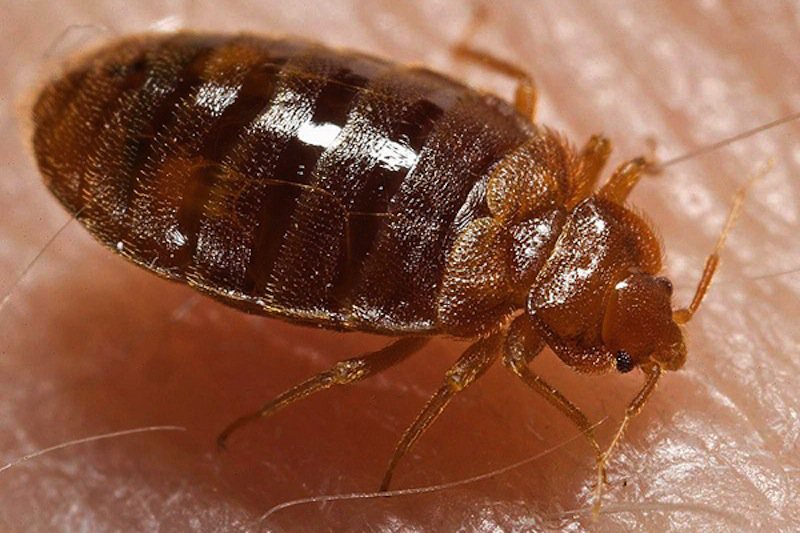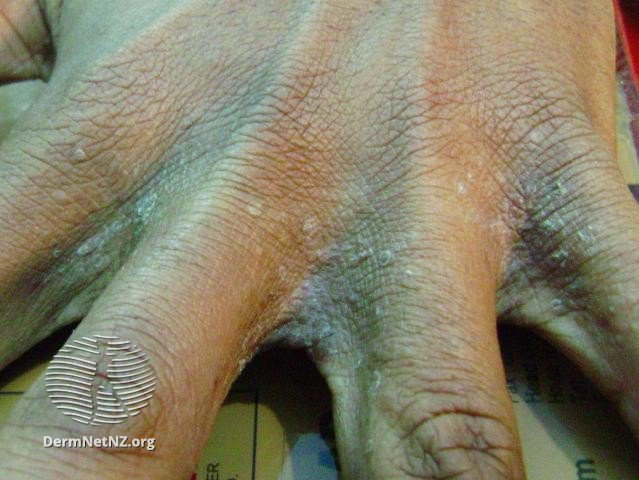
A common dermatologic complaint is BUG BITES. A patient will come in and ask, look at this bite – what do you think bit me? 

First of all, the appearance of any one lesion (the morphology) is generally not going to be specific for any one kind of insect.
Some people can even get massive swelling called Well’s syndrome (eosinophilic cellulitis). Everyone is different in how they react. 



What’s more revealing is the pattern of how the bites are distributed.
Then it might be an insect that is crawling on you, taking in a meal with a bite every so often, “breakfast, lunch, and dinner” sign, like bedbugs. 



Then it could be from scabies, a mite so small you can’t see it, but generally bites in the warmest areas of the body (armpits, groin, buttocks, belly button, nipples, webspaces of hands/feet). 

Is it a spider bite? Many people tell me that a spider bit them. But that is highly unlikely. Spiders do not generally bite people.
In fact, per the highly used medical resource @UpToDate, “spider bites are rare medical events” - also see ncbi.nlm.nih.gov/pubmed?term=17…
Some spiders, namely the brown recluse and the black widow, can cause real issues, but these bites are rare, and these spiders are only in certain places. 





And no, a spider didn’t write that @savittj:
https://twitter.com/savittj/status/1001260656648183809?lang=en
But I’m so clean, I can’t be getting bitten? Cleanliness usually has nothing to do with it. You can be perfectly clean and still get bitten.
But my partner isn’t getting any bites, so how can it be bites? It’s possible that your partner is getting bites, but is just not reacting the same.
Or maybe you just taste better to the bugs than your partner does. smithsonianmag.com/science-nature…
What if you notice during the day, are you getting them at work? It can take many hours for a bite to appear, so you could be getting them overnight.
The real scare is bed bugs (Cimex lectularis). Not dangerous, but super annoying. I usually tell people, if you get one incident of a cluster of bites, no need to jump to conclusions. 

But if you continue to get new crops of bites over and over again, it’s time to get an exterminator. 

Bedbugs are resilient, and can fool the most astute among us. They can survive for over a year without feeding! They are attracted to carbon dioxide and dissuaded from motion, so they tend to be visible only in the middle of the night when we are asleep.
Regardless of the cause, the most effective treatment for insect bites: oral antihistamines and topical steroids.
Has this been helpful?
Do you feel itchy after reading this?
• • •
Missing some Tweet in this thread? You can try to
force a refresh



















